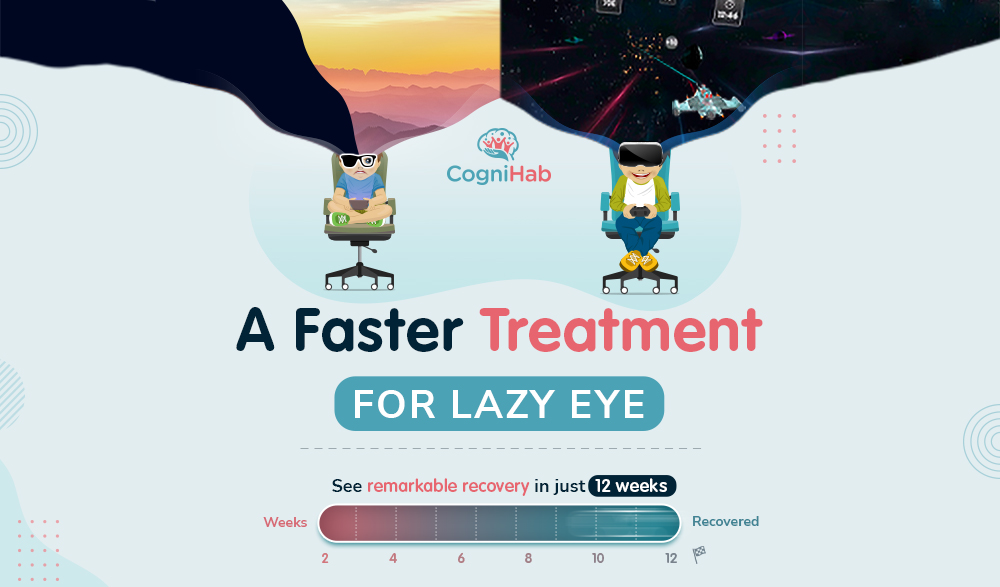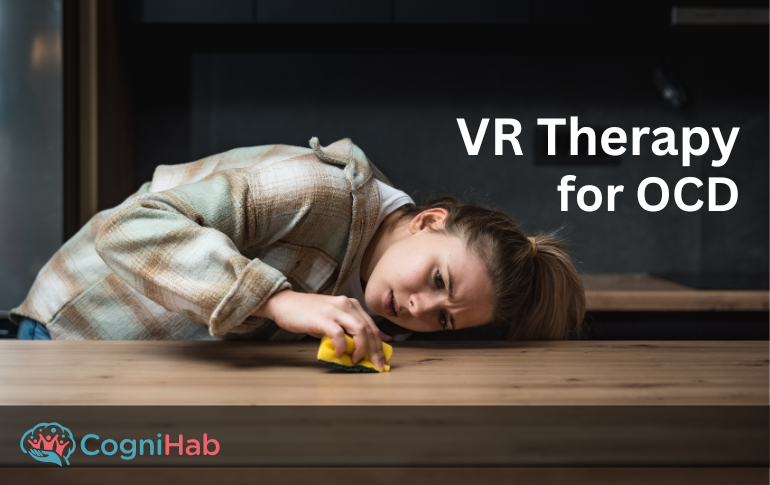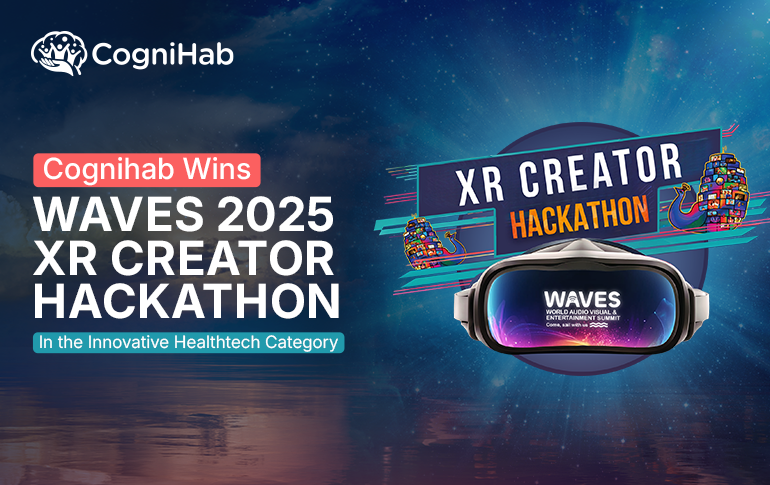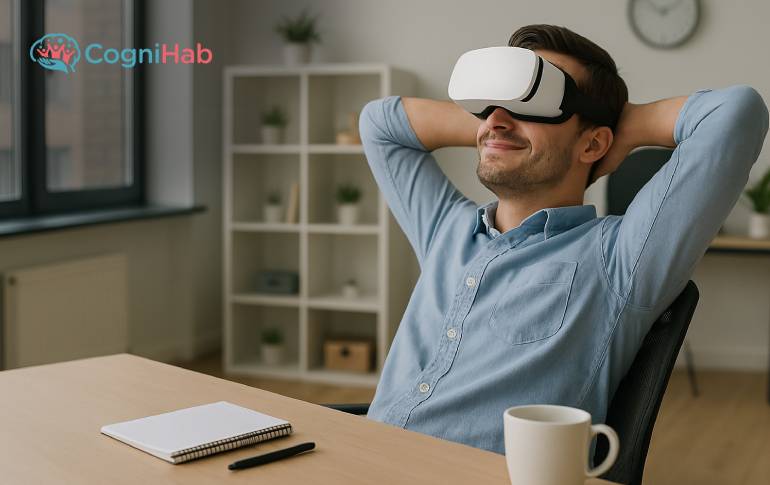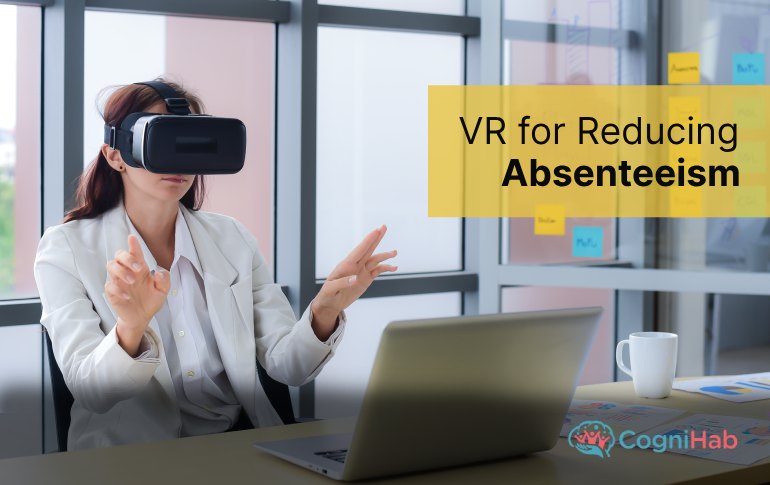Amblyopia (Lazy Eye): A Brief guide on Causes, Symptoms, and Treatment
There is no replacement for health. Any impairment can affect us not only physically but also mentally. Amblyopia or Lazy Eye is one such health condition that affects one eye but its effects are felt by both eyes. The speed of binocular reading hindered by 20%–50%, affects the academic score of many students. That indeed affects the confidence of the person. Binocular vision is the ability of two eyes to work together and see an object as a single entity rather than two separate ones.
There are more than 99.2 million people who were affected with Amblyopia in 2019, and this number is expected to rise to 175.2 million by 2023 and 221.9 million by 2040. The data is alarming and needs attention.
Amblyopia treatment includes different types of eye exercises combined with other therapies. Sometimes, your ophthalmologist may prescribe a pair of glasses to correct the vision. Before discussing the Amblyopia lazy eye treatment in length, let us first understand this medical condition.
Amblyopia or Lazy Eye
The brain receives nerve signals from both eyes to perceive objects. On the other hand, the brain tries to fix any issues with any of the eyes. The focus is typically shifted to the stronger eye while the signals from the weaker eye are blocked.
A person with Amblyopia may experience refractive errors, which can result in near-sightedness, farsightedness, or blurred vision. A few people additionally struggle with cataracts, which cause cloudy vision, and strabismus, which causes poor eye coordination.
As a result of one eye's decreased vision, Amblyopia, also known as lazy eye, can cause problems. If you have a problem, one of your eyes may have a propensity to frequently look inward or outward. Between birth and age 7, it frequently manifests itself, and it significantly worsens a child's vision.
Symptoms and Risk
Even though it is extremely uncommon, Amblyopia can affect both eyes. An early diagnosis can aid in treatment, so it is advised that you visit an ophthalmologist. If contact lenses or eyeglasses are needed to correct vision, a doctor may suggest patching therapy.
The following list includes some of the most typical Amblyopia symptoms:
- A sideways or inward-looking eye
- No coordination between the two eyes
- Poor sense of depth
- Squinting of eye
- Head tilting
- Problem with vision screening tests
After the first few weeks of birth, you should take your child to the doctor if you notice their eye wandering. If you have a history of this crossed-eye condition in your family, getting your eyes checked is especially important.
Children with the following condition may be at higher risk for Amblyopia
- Born prematurely
- Low birth weight
- Family history of Amblyopia, or childhood cataracts
Treatment for Lazy Eye
Treatment for Amblyopia may vary from patient to patient. However, the doctor might start by treating any vision issues that are causing Amblyopia. Doctors may suggest glasses or contacts for people who have nearsightedness, farsightedness, or blurry vision. Additionally, when treating children with cataracts, doctors may choose to perform surgery.
The brain must then be forced to use the less-effective eye through retraining. By strengthening it through this process, the brain is better able to focus on the other eye.
To make the weak eye stronger, doctors may recommend:
Eye Patches
To determine whether this eye is protected by a stick-on eye patch, the brain must use the less functional eye. When your focus is Amblyopia treatment for adults you need to use the patch at all times. However, a child can use it for two hours per day.
Eye Drop for Strong Eye
One dose of this medication per day can temporarily obstruct close vision, forcing the brain to switch to using the other eye. This is one of the effective methods for Amblyopia treatment for child, along with wearing an eye patch. Given that children can remove eye patches, some parents prefer eye drops and find them to be more convenient to use.
Role of VR Eye Exercises in Vision Correction
Virtual Reality in healthcare is taking root in mainstream treatments and gaining popularity. Treatment for various medical conditions using Virtual Reality is very effective and immersive. The patient can improve their eye condition with customized VR-setting. These can be performed at home which enables a higher frequency of repetition, making it more effective.
Many studies validate the benefits of using VR in healthcare. Let us quote the details of recent study conducted in a clinic and approved by the FDA. It was a VR-based treatment for amblyopic children shown great effectiveness. In order to train the weaker eye, a VR-based company concentrated on favourite TV shows and movies in VR environments. The study found that children who received VR therapy saw more improvement in their vision than those who received conventional therapy. The study found that 62% of children had significantly improved after 12 weeks of consistent one-hour use.
There are a series of VR-based eye exercises that are as effective as traditional eye exercises. However, these exercises have shown better results due to their immersive nature. Adult patients are a little hesitant to continue the treatment after their symptoms improve. On the other hand, stopping a regular exercise routine before the treatment is finished may have long-term effects on vision. VR is useful in this circumstance.
For adult patients who lack motivation, VR treatment for lazy eye with exercises or video games has been developed specifically. These games demonstrate effective methods for curing Amblyopia. The video game ‘Tetris’ claims that it can help strengthen the weaker eye. In some VR games, the player can enter a simulated environment to improve their results. Additionally, it might be advantageous to use an eye patch while playing video games.
Final Thoughts
This condition manifests in childhood only, hence it is important to take immediate medical advice if your child is showing any problem with eye movement. Many options can help you to deal with this eye problem; however, Virtual Reality is one of the most effective and widely adopted techniques.
Cognihab is a techno-medical company providing different types of VR products with an aim for faster and better recovery. Apart from the VR vision suite, Cognihab also has products for anxiety reduction, stroke recovery, spine cord recovery, autism, and cerebral palsy. To know more about our offerings, you can visit our website.


